|
|
Birchbark Canoes
Built in the old -form
Algonquin style
Henri Vaillancourt
|
|
16' old-form Algonquin birchbark canoe with the squared end bow variation
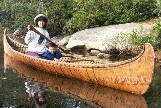 |
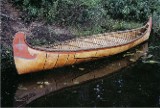 |
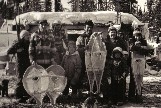 |
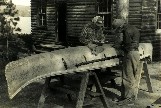 |
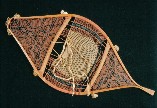 |
| Full size birchbark canoes | Scale model birchbark canoes | Native technology videos and DVDs | Native technology books | |
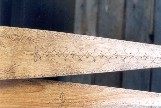 |
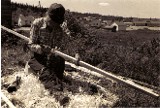 |
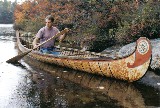 |
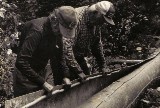 |
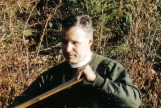 |
| Traditional Indian paddles | Crooked knives | Home |
Materials |
About the builder |
|
A Brief
Historical Background
|
|
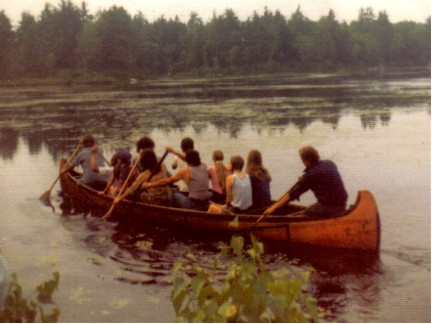 |
In the early years of European contact in the 1600's , the graceful high ended birchbark canoes of the Algonquin, Ottawa, and related tribes inspired the design of the large canoes developed during the French fur trade. As the French needed larger canoes than the standard Native models for the government , military , and fur trade, canoes were dramatically increased in size to meet the demands of the new immigrants .At some point in the development of these great canoes, the bows were gradually modified by the Native and French builders into a larger , more rounded, and fanciful profile.What evolved was a distinctive style that remained the standard canoe type for exploration , transportation, and fur trade purposes for over 200 years. Ironically, from these European canoes was born the image of the stereotypical 'Indian birchbark canoe ' popularized by countless artists of the period. |
| 24' Fur-Trade era birch bark canoe with 11 passengers | |
|
The pure Native design ,
however, was much more modest in its' proportions , though no less
graceful or tasteful . The abruptly swept up gunnels meeting a rounded or
squared bow profile gave a particular grace to this style that was unique
among North American birchbark canoes. The more complicated design of the
bows was for the most part a purely aesthetic feature, and required more
labor than many other canoe styles . During the decline of traditional
Native culture in the late 1800's , the old form of high -ended canoe was
gradually replaced with a simpler, easier to build style patterned after
canoes to the east, The newer style, known as the 'Wabanaki chiman'[
literally 'Abnaki canoe' ] served the purpose well , and was more quickly
constructed than the old-form. It lacked , however, that element of style
that characterized many implements produced during the peak of Native
cultural vitality .This same preoccupation with aesthetic considerations
can be seen in snowshoes , toboggans , and many other everyday items from
these periods.
|
|
| Available sizes and models | |
| These old -form Algonquin canoes can be made in lengths ranging from the 8' to 12' one man hunting canoes to the 25' cargo canoes of the Fur -Trade. The usual sized canoe of this type is from 14' to 18' and is capable of carrying a good load , while being light enough for one man to carry. The usual beam is 34'' to 36'' with a depth in the middle of about 12'', although wider and deeper canoes can be built if desired.The beam of the 25' model is 54'' and the depth amidships is approximately 19'' ; this large size is capable of carrying approximately 3000 lbs. One such canoe built by Vaillancourt in 1974 had a draft of 8'' with 11 people on board ; designed with the Algonquin version of the fur-trade bow, it was proportioned after an historic canoe which Vaillancourt and Rick Nash repaired in 1972 . |
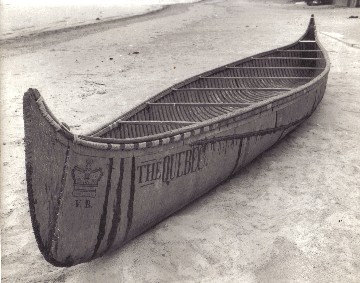 |
| 25' fur-trade birch bark canoe '' THE QUEBEC '' built for the regatta in honor of the Prince of Wales in 1860 ; it features the tribal Algonquin bow profile rather than the usual fur-trade end ; photo Rick Nash, 1972 | |
| The original was built for the visit of the Prince of Wales in 1860, and was used in a canoe regatta held in his honor on the St , Lawrence near Montreal [ the Prince rode in a 40' Fur -Trade style birchbark canoe - the longest on record ]. It was built in the tribal old -form Algonquin style and was decorated with the royal crown painted on both sides of either end, with the initials V.R. [ Victoria Regina] underneath.It also carried the name Le Quebec on both sides of one end , and The Quebec on the other end. While ornamentation is rather rare on older Algonquin canoes not made for the non- native market, occassionally designs were painted on , or scaped in the bark if the canoe was made of 'winter bark'. The most common decorative feature of the old-form canoe type derives from the shape of the bow and stern itself - and its' ornamentation with the fancy sewing which displays so well in this and Fur -Trade canoe types. | |
![Bow view of 25' fur-trade type birch bark canoe , ''THE QUEBEC'', under repair by Henri Vaillancourt and Rick Nash in 1972. It features the royal crown painted on both ends with the initials V.R. [ Victoria Regina ] underneath.](images/algonquin4quebecbow-sm.jpg) |
The last feature worth noting is the shape of the bow where it meets the gunnel ends . The bow at this point can be given either a rounded or squarish profile which can be further modified in the width of the projecting bow piece . Some models feature a very tight turn of the bow at the top ; were it not for the way the bow is actually constructed, they would appear superficially very much like some of the 'Wabanaki Chiman ' style. |
| Bow view of 25' fur-trade type birch bark canoe , ''THE QUEBEC'', under repair by Henri Vaillancourt and Rick Nash in 1972. It features the royal crown painted on both ends with the initials V.R. [ Victoria Regina ] underneath. | |
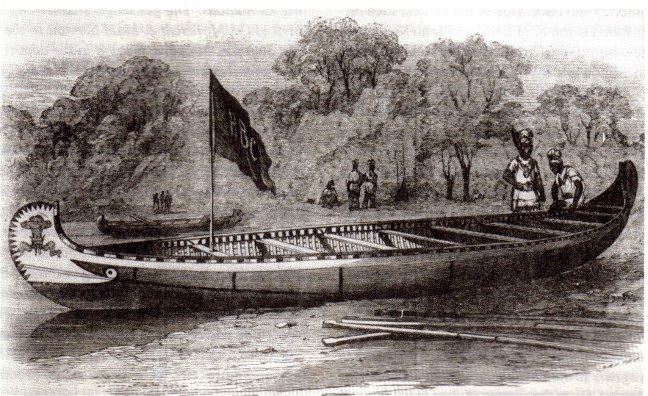 |
|
|
Illustration from the
''Illustrated London News'', Feb,9, 1861, of the birch bark canoe
presented to the Prince of Wales during his visit to Canada in 1860.
|
|
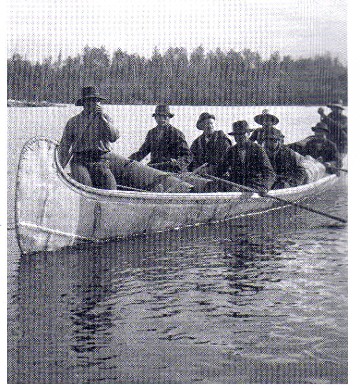 |
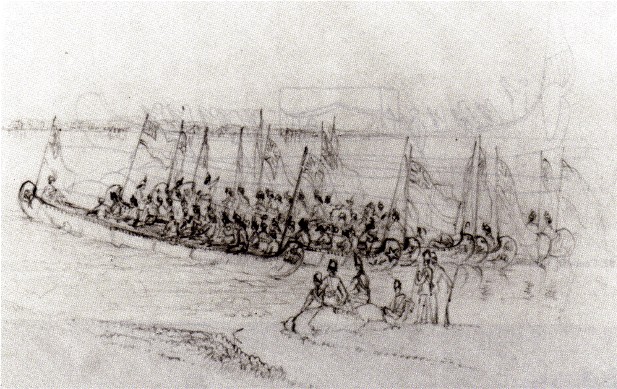 |
| Large heavily laden fur-trade birch bark canoe arriving at Kipawa on Grand Lake Victoria, Quebec, 1902 ; the bows are designed in the upright stem profile of the Algonquin of western Quebec ; photo , Archives of Ontario | Sketch by Frances Hopkins, eyewitness to the regatta held for the Prince of Wales in 1860 ; titled ''Canoes Waiting for the Prince of Wales ,1860'' ; Royal Ontario Museum. |
[TOP]
For more information not included on this website
email
henri5@birchbarkcanoe.net
phone 603-878-3616
or write Henri Vaillancourt
PO Box 142
Greenville, New Hampshire, 03048